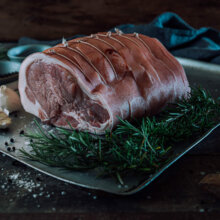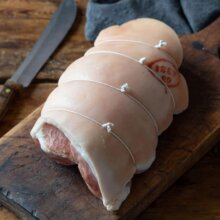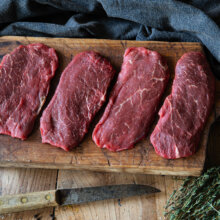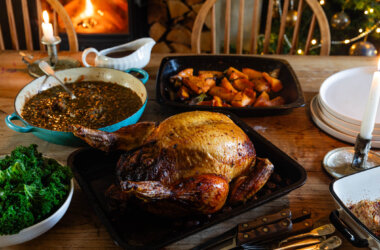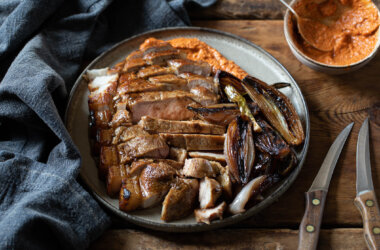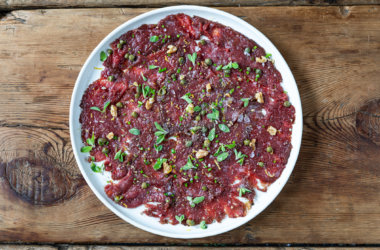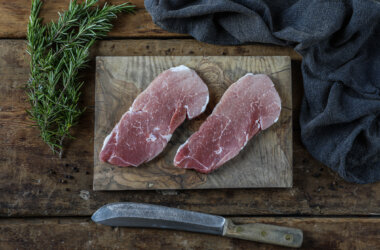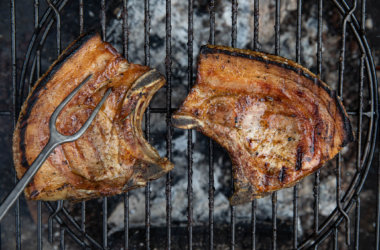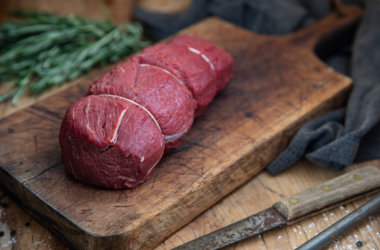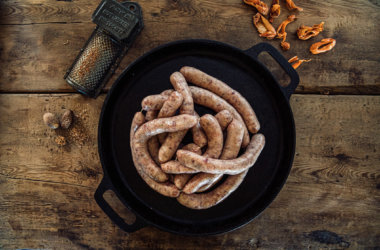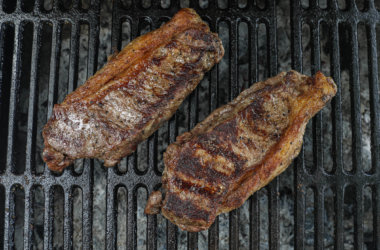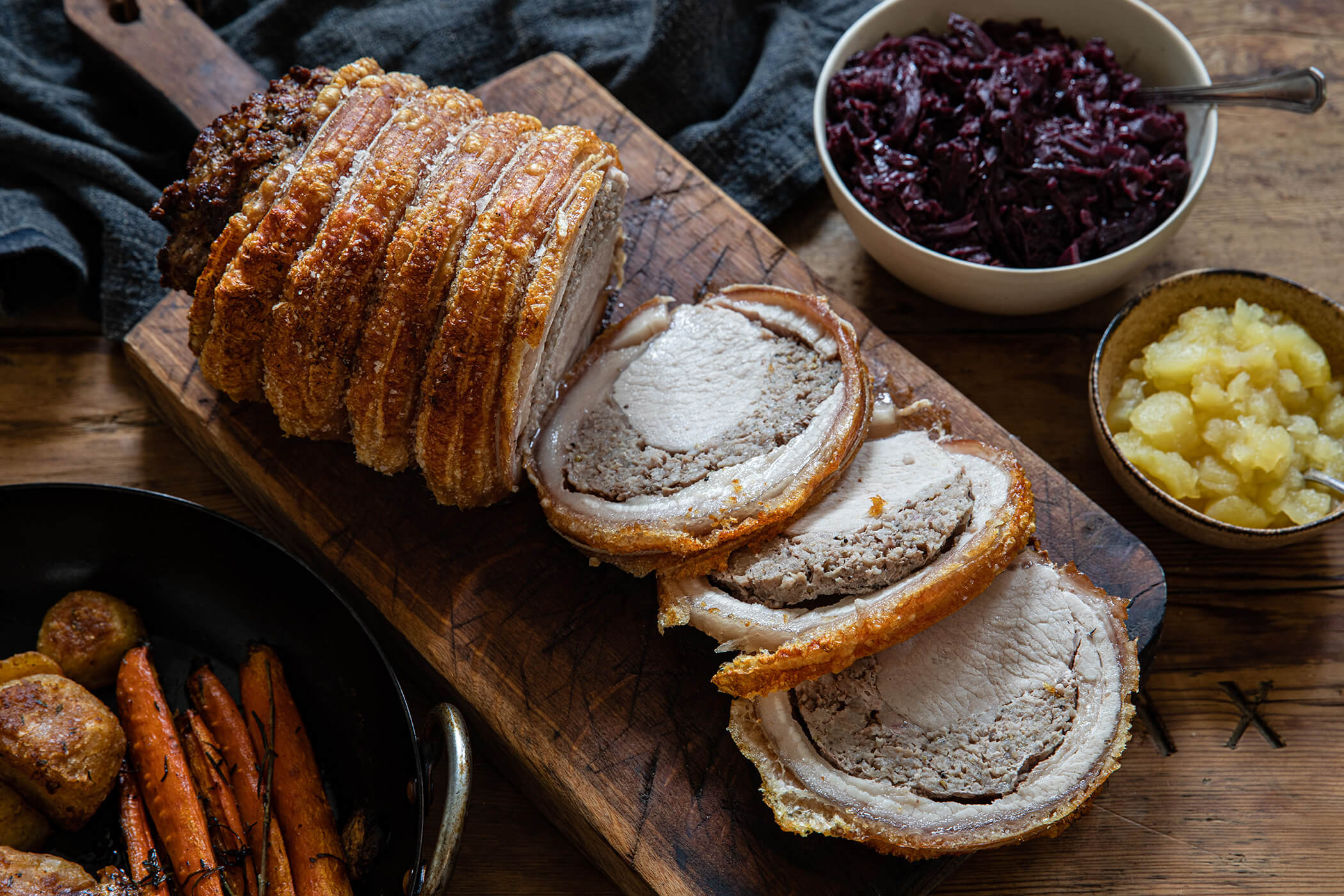
What is porchetta?
If you have ever enjoyed the delights of a hog roast sandwich late at night, then porchetta will give you as much, if not more, satisfaction than that traditional pork sandwich.
Porchettas are famed in central Italy, especially in Lazio, Tuscany and neighbouring Umbria. The large porchettas are often served from vans reminiscent of ice cream vans of the UK. In Italy, less is more when it comes to a porchetta sandwich — a simple bread roll is often used with a sprinkling of fine sea salt (the bread usually contains no salt). Rarely is anything added, letting the succulent pork and subtle flavours of the herbs (usually fennel and rosemary) rolled inside do all the talking. Just like a 99, sometimes the simplest things are the best.
The porchetta consists of pork loin and a belly stuffed with herbs, spices, and salt. The primary flavours come from fennel, which works wonderfully with pork alongside various levels of rosemary, thyme, and occasionally chilli flakes. We use our Tuscan-style pork, fennel and red wine meat to season our porchetta. The sausage meat acts as a rich stuffing, adding a lovely texture to the belly and loin meat, with the all-important fennel seeds giving a nod to the classic original.
As with our traditional pork roasts, crackling is an essential and prized component. With its renowned fat content, the belly produces possibly the best crackling of all. Make sure yours is dry pre-cooking to achieve great results — we advise unpacking the night before cooking, patting dry, and leaving uncovered in the fridge to air.
Porchetta cooking time
Traditionally roasted over wood for 8 hours, this joint can either be started at a high heat or finished on a high heat. The time for a smaller Swaledale Porchetta, from native breed pigs, will require 2-3 hours of cooking time, and we recommend starting low and finishing high.
How to cook porchetta
- Leave the porchetta in the fridge uncovered for around 24 hours to dry out the skin.
- Set your oven to 220ºC.
- Season the scored porchetta generously with fine sea salt and rub it into the scored skin.
- Put the porchetta on top of a metal trivet (coarsely chopped onions and carrots will work just as well) in a deep-sided roasting tray.
- Place in the centre of the oven and cook for 20 minutes.
- Reduce the oven temperature to 150 degrees, and roast for 22 minutes per 500g.
- Check the joint when there are 20 minutes of cooking time remaining — if the crackling requires, return the heat to 220ºC. Conversely, if the crackling is scorching, loosely cover it with foil to prevent it from catching and burning.
- Rest for a minimum of 25 minutes.
- Slice into thin slices, which is our preference, or as preferred.
Top tips
Refrain from throwing all the fat away from cooking this porchetta. Use it to roast potatoes or save some in a jar and use it for cooking fried bread or adding some to your mashed potato.
